Sorting stamps for your collection is a relaxing pastime. Most philatelists find it a therapeutic way of warding off stress; this is one of the enduring joys in the art of stamp collecting.
Why sort out postage stamps?
As your stamp collection grows, you also acquire plenty of stamp duplicates especially when you buy philatelic mixtures or kiloware. Categorizing postage stamps allows you to keep track of your vast philatelic collection.
What do I need in my sorting stamps?
The first step in categorizing stamps is postage stamp identification. Having a background about the postage stamps in your collection gives you the upper hand on how to classify them. A stamp catalogue serves as a reference for identifying stamps.
Upon sorting your stamp collection, store them inside stamp albums to protect them from moisture and dust. A set of stamp collecting albums should be dedicated to each collection. For example, one album is for wildlife on stamps and another for presidents on stamps.
Remember, you do not have to spend much in beginning philately. Instead of a organizing your collection in a stamp album, envelope mails and postcards can be stored inside shoe boxes.
How can I categorize my stamps for collection?
Sorting postage stamps the traditional way
• Sorting stamps according to country
When people started collecting postage stamps, most of them had what is called a general collection, in other words they are collecting world stamps. But by the middle of the 20th century, countries all over the world produce five to eight thousand new stamps every year. Surely, a general stamp collection is pretty large to acquire.
Philatelists thought of other ways to classify postage stamps. Some became interested in collecting stamps from a single country. This is called a one country collection. Stamp catalogs dedicated to one-country stamp issues were published in almost every country.
• Classifying stamps according to commemorative and definitive issues
It is important to separate your stamp collection according to the types of postage stamp issues. Definitive stamps or the regular issue stamps are more common to collect. Commemorative stamps are special issues that are only available for a limited period. Thus, they are worth more than the regular issues.
• Sort out stamps according to the stamp paper
Remember how you separate the colored clothes from the white garments before you do the laundry? Segregating postage stamps works the same way. Knowing the type of stamp paper saves your stamps from damage when you are soaking old stamps.
Self-adhesive stamps require another way of removal than the usual postage stamps. Stamps on manila envelopes and on colored papers often stain the stamp design. Stamps with deeply colored stamp cancellation marks in dark red, violet, and blue are not colorfast so they bleed into the postage stamps and stain them, too.
Creative ways to sort postage stamps and philatelic items
• Sorting stamps according to the different classifications of philately
There are 11 types of philately to choose from. These include aerophilately, where you can categorize your airmail stamps.
If you are fond of collecting objects that look like stamps but do not have any postal value, you can categorize them under cinderella philately.
Another interesting way of sorting postage stamps is through thematic stamp collecting where in you can categorize your stamps according to your favorite topic based on the stamp design.
• Categorizing stamps and philatelic items through a story
Since philately also includes anything about the postal service, you can also collect postal stationery and other kinds of mail and categorize them like you are narrating a story.
For example, when you want to have the history of US postage stamps as your central theme, you also get hold of all sorts of philatelic items that revolve around the topic – USPS stamps, Pony Express memorabilia, envelopes from the railway mail, and many others. Sorting postage stamps this way provides an interesting ethnography of that era’s postal service.
• Classifying stamps using a stamp collecting software
Make your stamp inventory hassle-free by using a stamp software. You no longer need to browse the stamp catalog for stamp information. With a stamp collecting software, you can keep track of your philatelic collection using your personal computer.

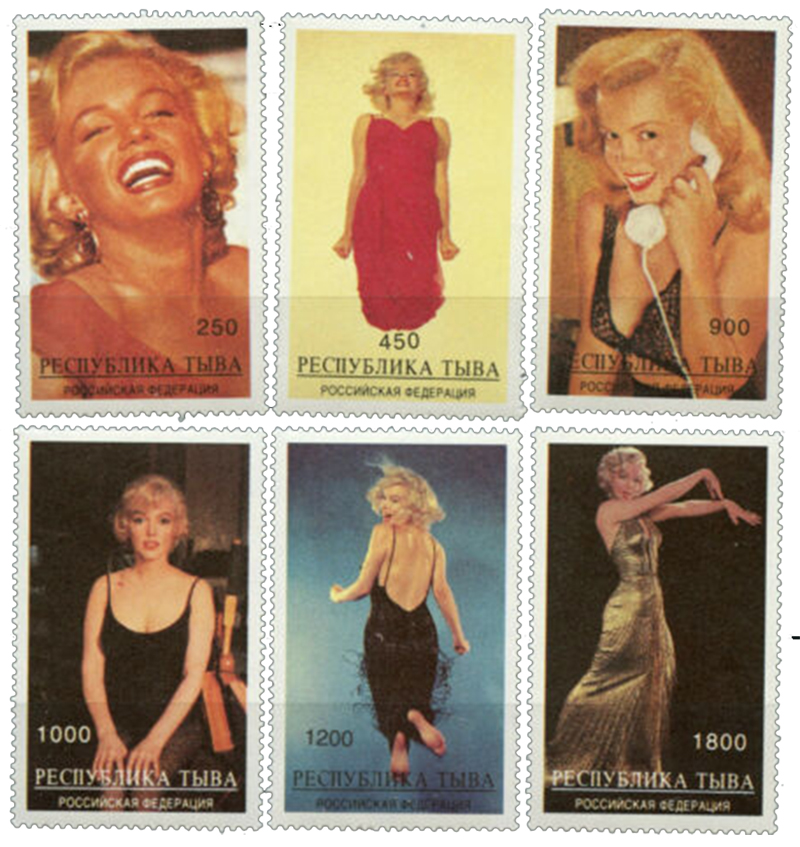
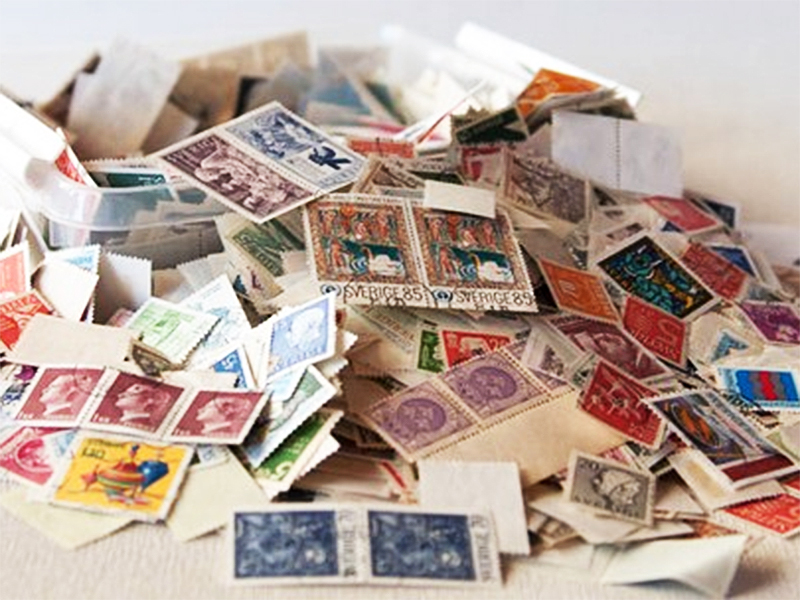
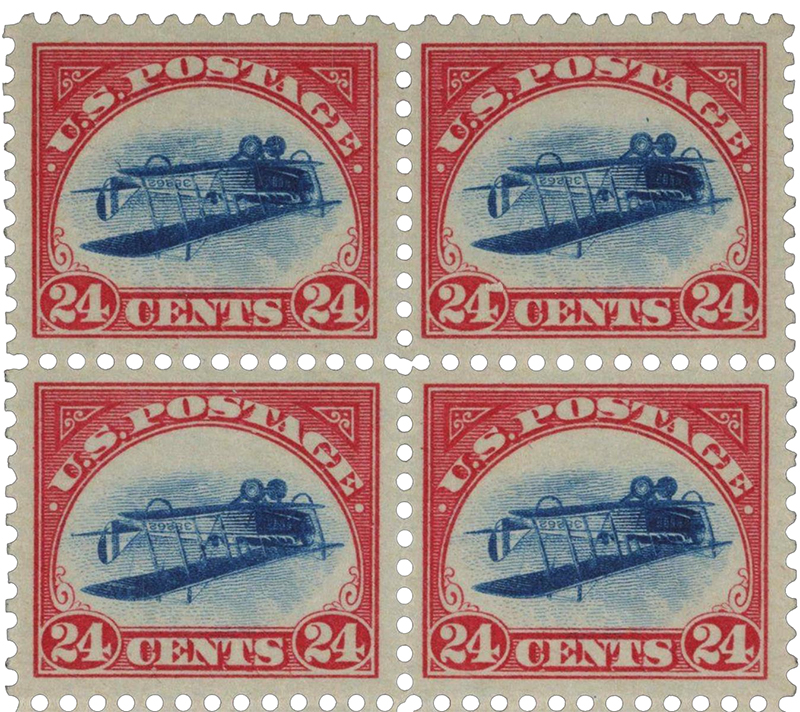
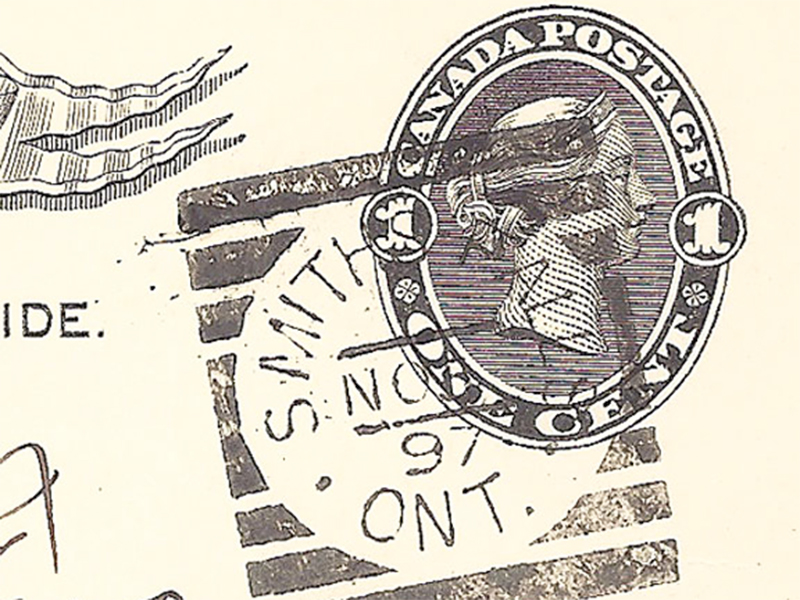
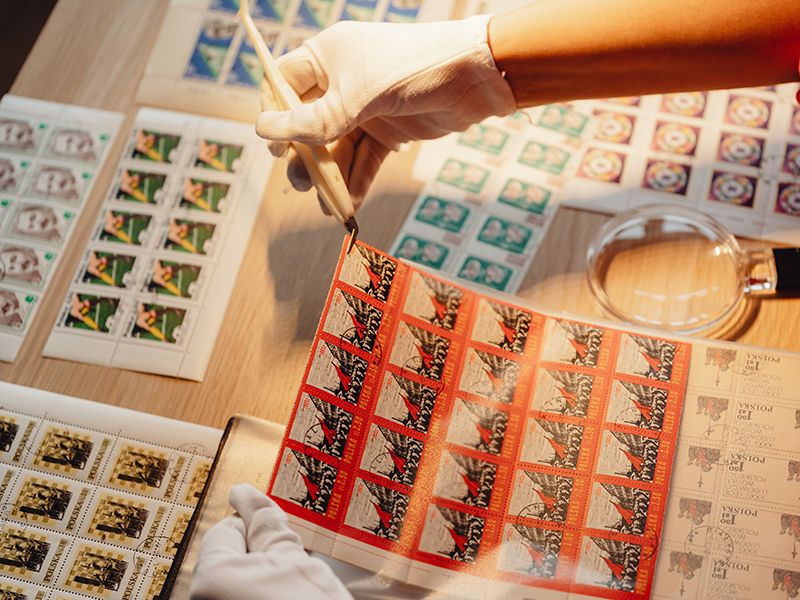
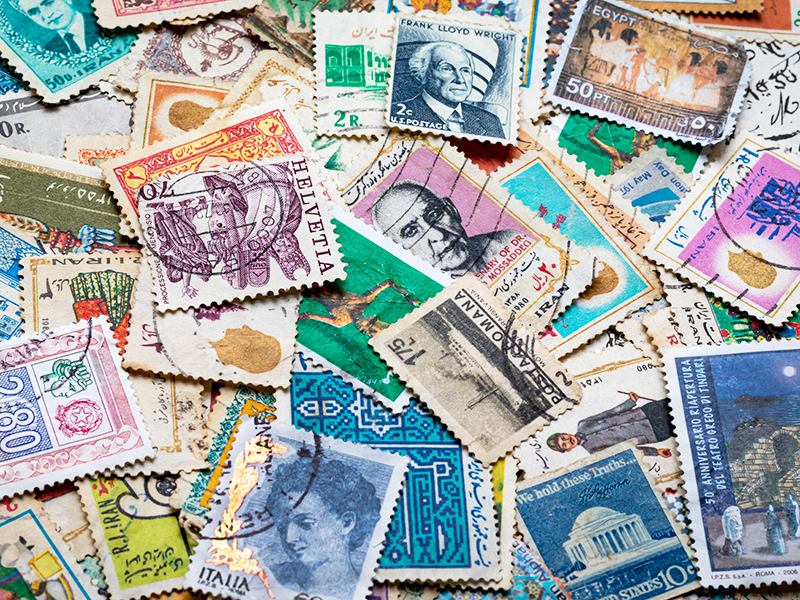



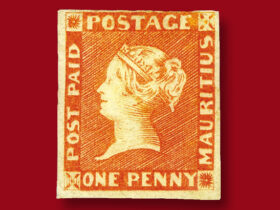
Leave a Reply